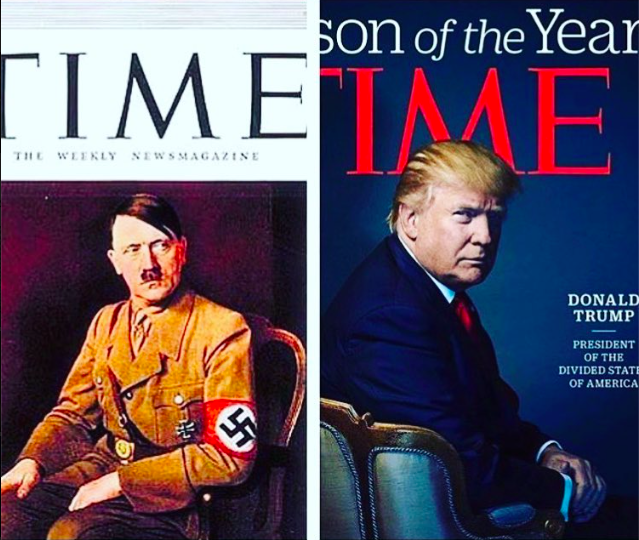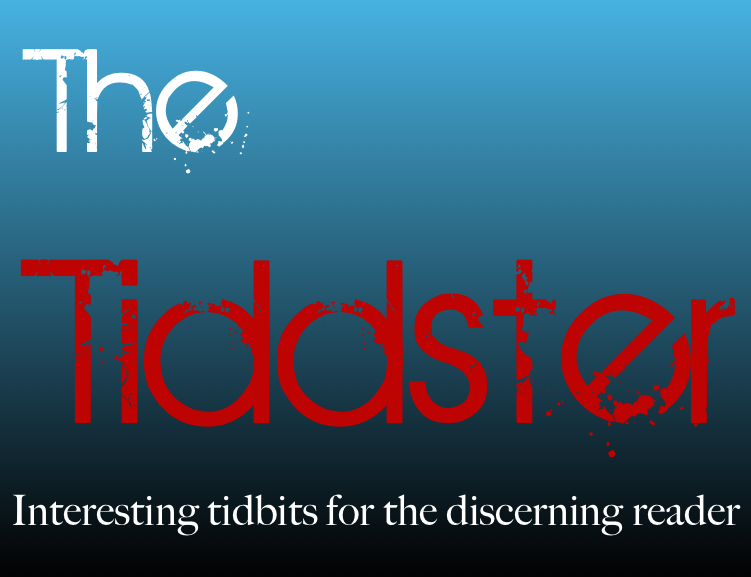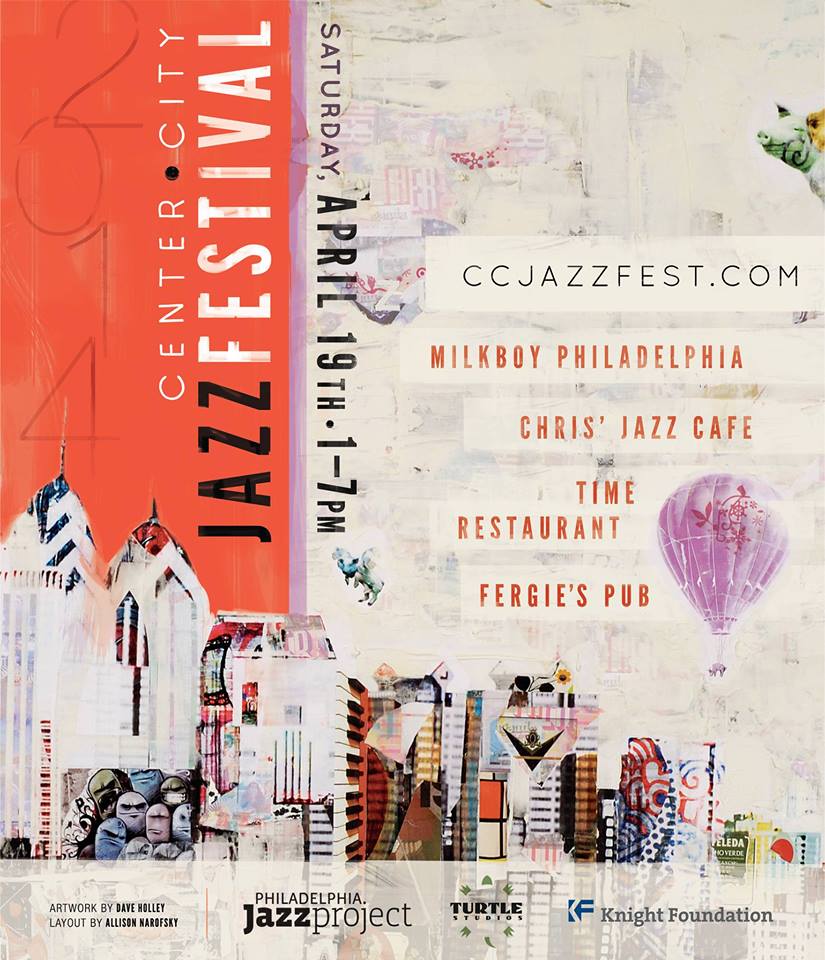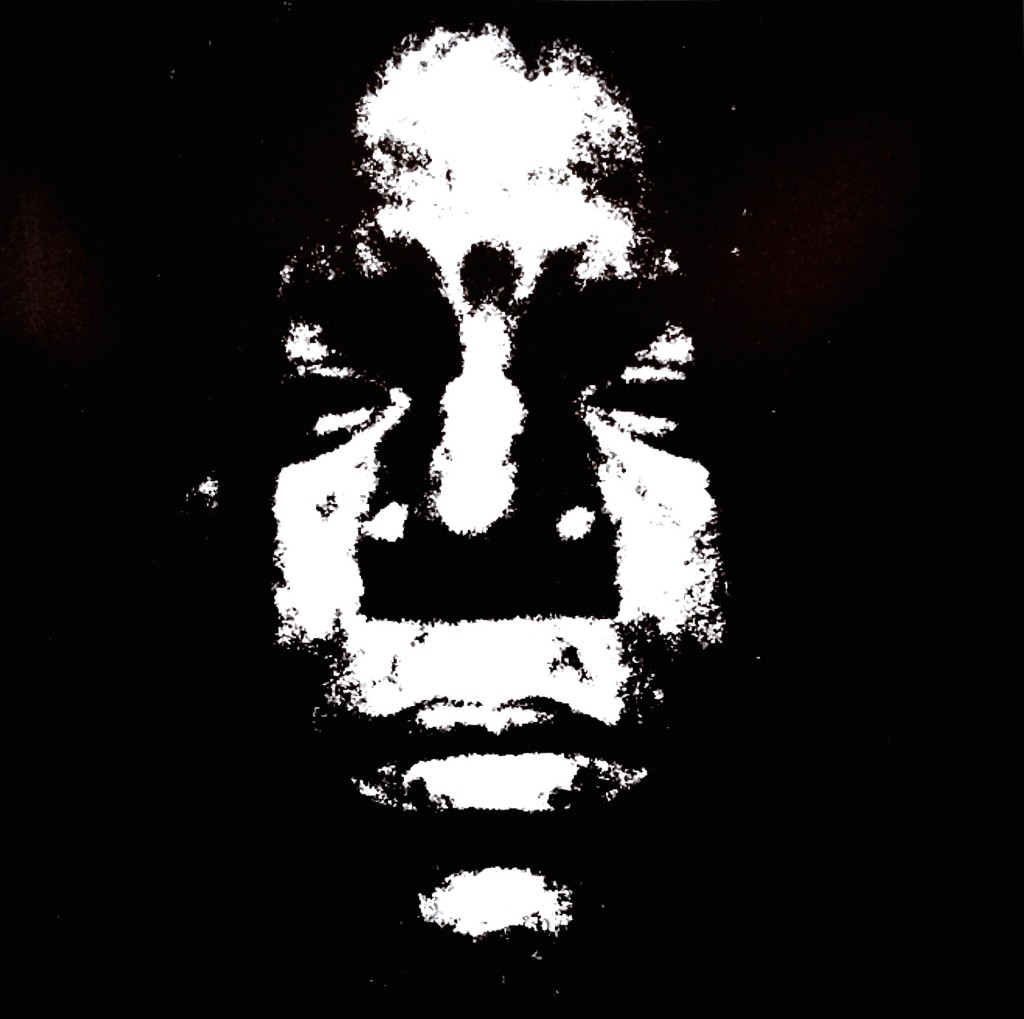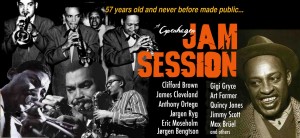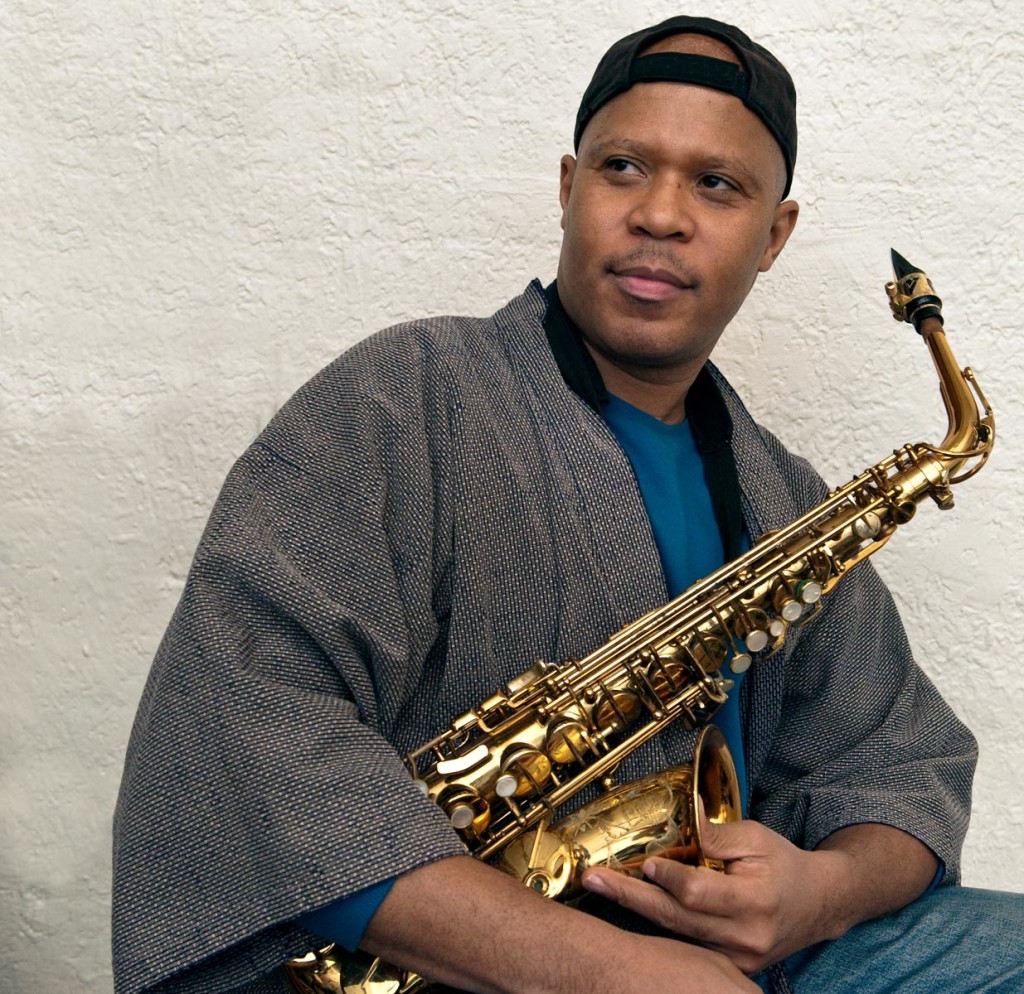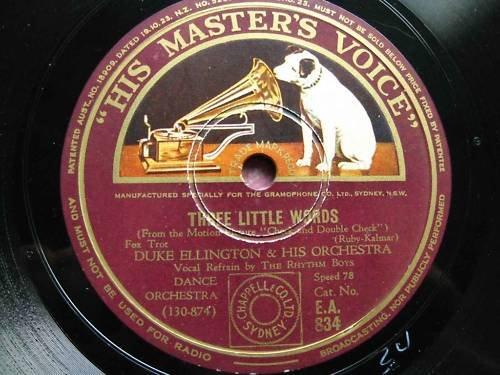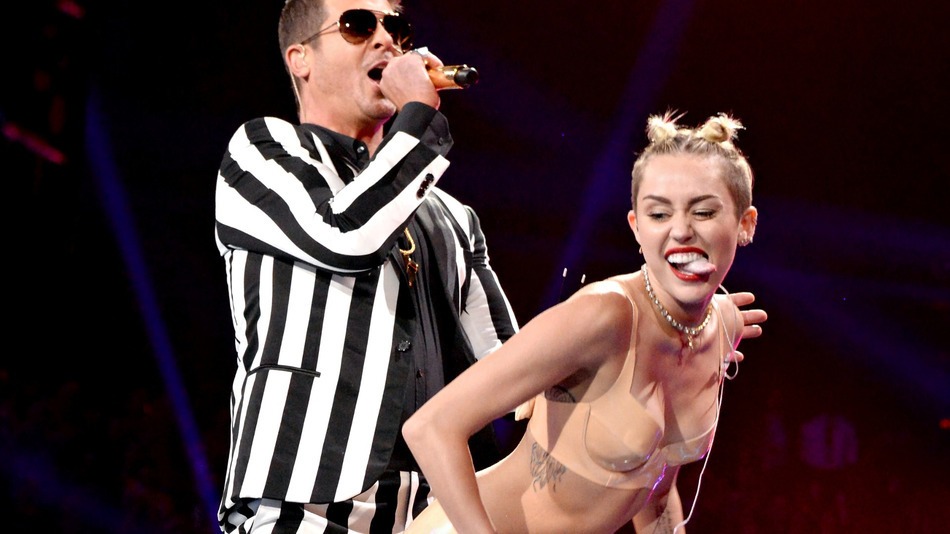
Photo by Dimitri Louis
Thirty days & seven gigs in the life of a hustling “jazz” musician……
After pondering exactly what I should write for this, my inaugural post for my new column, Brilliant Corners, I settled on giving the reader a brief glimpse into the absolute madness that is my life, A.K.A seven of the gigs that I’ve been a part of in the last thirty days…..I figured that this would be an excellent way for me to introduce myself to those who don’t already know my work.
First, let’s get the formalities out of the way;
Name: Anthony Tidd.
Occupation: I consider myself to be a creative musician, but due to the nature of most to over label, many would like to further classify me by adding the word “jazz” (whatever that means). I will write more on over-labeling in the future, but for now interpret as you see fit.
I am the Director of the Creative Music Program (a school year music education program for teens), and the Curator of a monthly music event, Sittin’ In (the Kimmel Center is home to both).
I play bass in Steve Coleman’s band, the Five Elements. I’m the Band leader of my own newly formed Big band, PACT (Performing Artists for Creative Transformation). I’m a member of the advisory panel for the Philadelphia Jazz Project. And now, I am apparently the sometimes writer and curator for this new column Brilliant Corners.
Origin: My parents are from Trinidad; I hail from the U.K, but now reside in Philly….
Mission: To clarify, Brilliant Corners will be a place where I write about some of the things that I consider to be important/inspiring (creative music, politics, upcoming shows, local goings on, etc), but as well as these, I wish Brilliant Corners to be a place which regularly features contributions by many of the wonderful, important and brilliant artists (some famous /some not) that I have come to call my friends. In other words, this is going to be my new Face Book page (sans friend requests)! I’m also an Instagram fanatic, who after twelve years of touring the world and not taking a single picture, has decided to take pictures of everything….as you will see!
Okay on to this post. This is a selection of seven of the most memorable gigs that I have been a part of in the last 30 days:
Gig #1
Wayne Krantz, Ari Hoenig, and I @ Chris’ Jazz Cafe.
I am a huge fan of Wayne Krantz (who isn’t). This is a strange complement, but to me his playing is so un-guitaristic (yes I make up my own words when needed). What I mean to say is that his instrument rarely gets in the way of what he needs to express.
Much of the time musicians tend to play what’s “under their fingers” (typical stuff based on the physics of their instrument, styles, or basic theory). Wayne does not! He plays what’s in his head! As well as this, he has incredible rhythm, and pocket far beyond the average Joe….so….when I first got the call to play with Wayne back in 2010, I was both excited and frightened.
This time I was just as excited, but a little less frightened, because I kind of knew what to expect. Wayne is very big into open improvisation. I intentionally did not use the label “free improvisation”, because this implies that there is little to no structure present. Wayne is very intro structure, but open structure.
Great gig! Okay turn out….Ten days following the show; Random person, “Hey aren’t you playing with Wayne soon at Chris’ ?”. Me, “That was last week”. Random person “What??? I didn’t know….” (More on this issue in the future).
Gig #2
Sittin’ In – Jump & Funk Live feat. The Afro Beatles + Rich Medina @ The Kimmel.
This should be it’s own post, but I’ll give you the synopsis;
The Kimmel’s Innovation studio (black box theater) Rich Medina’s long running Afro-Beat party, a live band (playing Fela instrumentals) me (bass), Kevin Hanson (guitar), Doc. Gibbs (percussion), James Rouse (Drums), Mark Allen (Bari Sax), Leon Jordan (trumpet), and Tal Stuhl (tenor). Rich Medina plays original Beatles instrumentals over the live band playing Fela instrumentals, against a backdrop of Fela/Beatles video projections which are being edited live by Mark Hines.
This night was so dope that my mere words couldn’t do it justice. The house was packed with people of all ages (12 – 60) dancing non-stop. There were even a couple of breakdance battles! I think this get’s the best ever Sittin’ In award…..We are definitely taking this one on tour soon!
More on Sittin’ In later.

Photo by Anthony Tidd
Gig #3
The Munich Art Collective & The Five Elements @ The Munich Academy of Fine Arts
These were among two of the most enjoyable gigs that I have done in a couple of years. We flew out to Munich, and got to spend a couple of days just hanging out in the city with no real agenda! Now, in the life of a touring musician, this is super rare! We are used to seeing the airport, the hotel and the stage! On this trip I got to walk around Munich and take in the sights for 3 days in the middle of summer! It was almost vacation-like.
We were in Munich to collaborate with this incredible art collective affiliated with the Munich Academy of Fine Arts. The concept was that we, the band, and four painters would perform a completely improvised concert. Nothing was pre-written.
The painters started out with four blank canvases. By the end of the show we had collectively improvised four pieces of new music with four corresponding new paintings. The key was that we did this by interacting with each other…just as we would if it were just the band.
To prepare we spend a couple of days hanging out with the artists, visiting their art studio, having long conversations on a variety of subjects (which included their approach to collective improvisation on canvas), cooking and eating together, drinking, etc. I would like to say that we had become friends by the end of the trip.
The setup for the concert was a little different, owing to the nature of the performance. The audience sat behind us, which was a first. The artists stood at the front of the space with their canvases facing us so we could interact with them as they painted. The show took place in one of Munich’s giant art expo. spaces. As we started to improvise, the artists took turns, walking up to the canvas and adding their contribution to the piece. As I said, they had a system to guide them as they collectively “improvised”.
I have to say that the four resulting pieces were pretty amazing! Of course, this is definitely one of those situations where the more you do it, the deeper the interaction becomes, but we definitely made a great start. We are due to do another of these art/music concerts in China sometime soon.
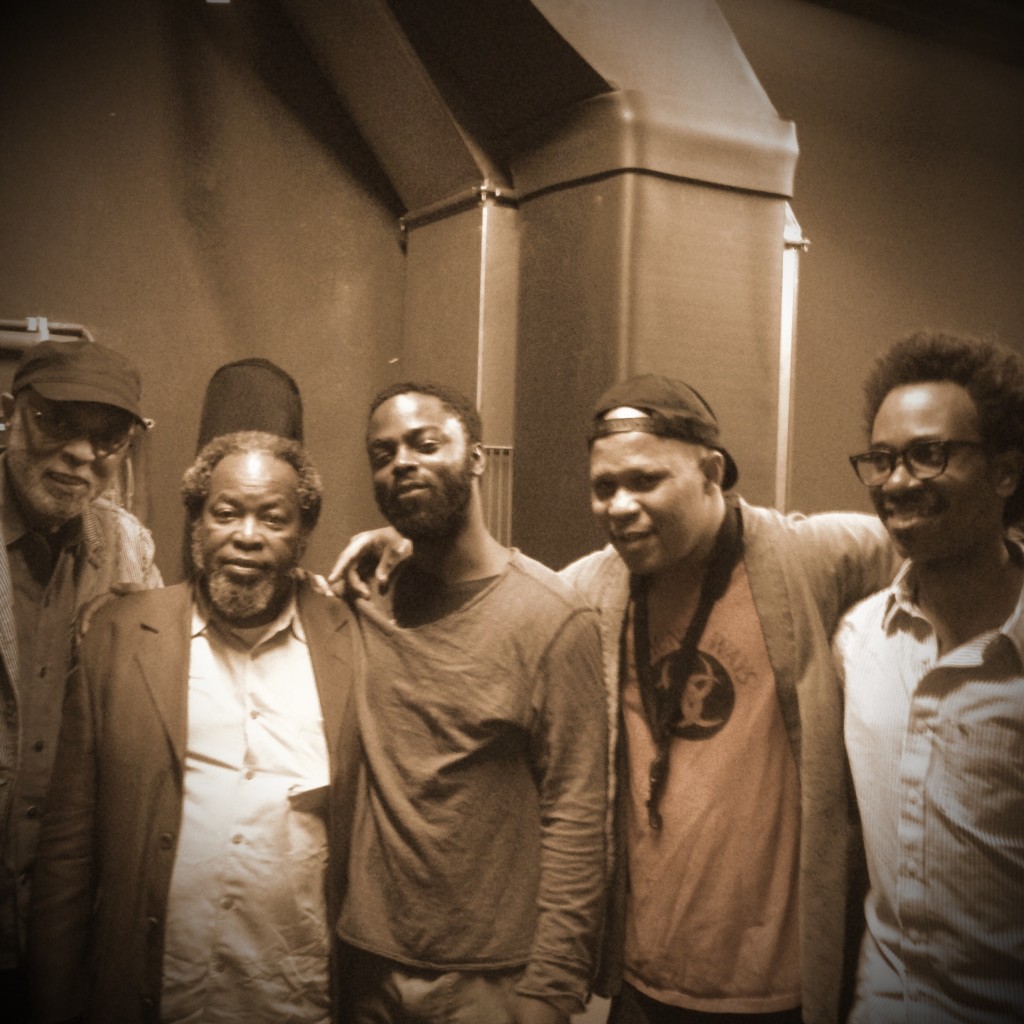
Gig #4
Steve Coleman at The North Sea Jazz Fest.
After leaving Munich we flew to Rotterdam for the North Sea Jazz Fest. This has to be the biggest “jazz” festival in the world. The sheer number of fans gathered to appreciate jazz and the organization that enables this festival to run so smoothly year after year are both pretty astounding. They really do have the jazz festival down to a science that I have yet to witness duplicated anywhere else! They should offer a consultancy service…..
This year NSJF gave Steve Coleman his own room to curate for an entire day! Steve featured Jonathan Finlayson’s new band (who were incredible), Doug Hammond’s band (which was a thorough thorough education), Five Elements (the band I played in), and Jean- Paul Bourelly’s band (which I loved).
I have said this and will repeat it, “This shit would never happen in the US!”. An audience of 900 rotating people (a third standing) filled that hall for an entire 7 to 8 hour period! And, this was just one of around 20 rooms at the festival, and this room was also mid sized when compared to the others!!!
The best part of any festival for the musicians performing is the hang. Getting to hang out with your peers, the younger generation of musicians, and the older masters. There’s nothing like it! It’s funny because many of us live in the same cities, but rarely ever play in the US, and usually hang out with each other even less.
On this occasion I hung a little with Matt Mitchell, Terrence Blanchard, Herbie Hancock, Cecil Mcbee, Roy Hargrove, Randy Brecker, Billy Hart, Billy Harper, Ed Henderson, Doug Hammond, Jean-Paul Bourelly, and many others…..I love hanging with the older cats and listening to them tell stories about when they were younger. There was a great conversation about Booker Little, stories about Coltrane and a host of others.
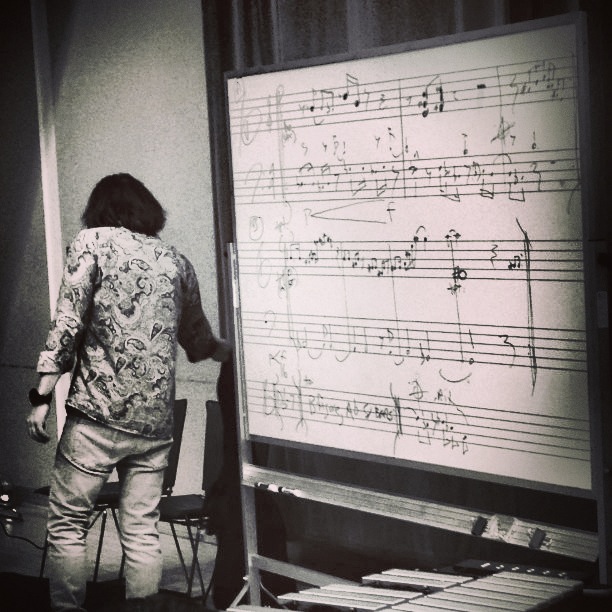
Photo by Anthony Tidd
Gig #5
The Kimmel Center Jazz Camp of Philadelphia
This could also be it’s own post, but I will keep it brief here……
I’ve been directing the Kimmel Center’s annual Jazz camp for the past 4 years (It has been running since 2002). It has always been a great camp, but this year we decided to rename the camp and expand it into something which could compare to the best of the jazz camps out there, since jazz is becoming more and more of a focus at the Kimmel. As the director I tried to incorporate elements, which I had experienced at some of the great camps that I had taught or assisted at over the years.
This year’s camp featured 59 tutors who taught everything from master classes to instrument lessons, workshops and even played during the nightly jam sessions! We presented 165 individual lessons, and averaged 18 hours of tuition per day! Here are just a few of the musicians who taught; Vijay Iyer, Steve Coleman, Dafnis Prieto, Wayne Krantz, Wycliffe Gordon, Cyro Batista, Ralph Alessi, Orin Evans, Sean Rickman, Mike Boone, Anwar Marshall, Steve Tirpak, Jonathan Finlayson, Paul Arbogast, Josh Lawrence, Korey Riker, Ben O’neil, Wayne Moore, Chris Stevens, Kevin Hanson, Craig Mciver, Dai Miyazaki,Tom Lawton, Dennis Guevara, Luke O’reilly and the list goes on…..
In short, this camp took a sampling of the greatest musicians in NYC and Philly and brought them to Kimmel (I also feel like pulling all this together took a huge chunk out of my life…but that’s another story). I say this jokingly, but if the general public were invited, this could have been called a jazz festival! It was a unique gathering of excellent musicians from every generation.
We also had one of the most incredible collections of students to date. Allot of new talented kids! The age range was 13 to 20, but in some cases if you closed your eyes and listened, you would have imagined that you were listening to a seasoned professional!
Over the years, my working with young people has done as much for me as I imagine it has done for them. It has deepened my understanding of many things, which I thought I understood, and things, which I had never really thought about, became the basis of entirely new ideas. I highly recommend teaching! It’s a responsibility we have toward the next generation…
Part of this camp’s mission was that the final concert consist mainly of new compositions created during camp (This is based on the Creative Music Program). The purpose of this is to instill the idea in the student that jazz, though based on an ongoing tradition, is also Now!
On this basis I sought out band directors who were skilled in composition and arranging. I brought back Steve Tirpak, CMP’s assistant director who also happens to be an amazing arranger and trombonist, and added Dennis Guevara, an excellent pianist and arranger.
By the end of camp (10 days), between the three of us, we had written 9 original compositions and arranged these for the various sized ensembles, one of which was a full big band! I should mention that we did this in addition to running the camp, and teaching lessons. Needless to say, we were pretty beat down post the final performance in Perlman Theater. I personally had been waking up at 5am and going to bed at 1am for 10 days straight, and had been dealing with the administrative side of camp for the last 3 months!
Still it was rewarding. There really is nothing like seeing/hearing a collection of talented dedicated kids play complexed compositions (far beyond their years), which didn’t even exist a week prior. For me, this achievement is always the highlight of camp for both the kids and myself. If camp teaches anything, it’s that dedication, hard work and practice pays off. Whether you intend to become a pro or not, this is an invaluable lesson in life (Philly school district take note).
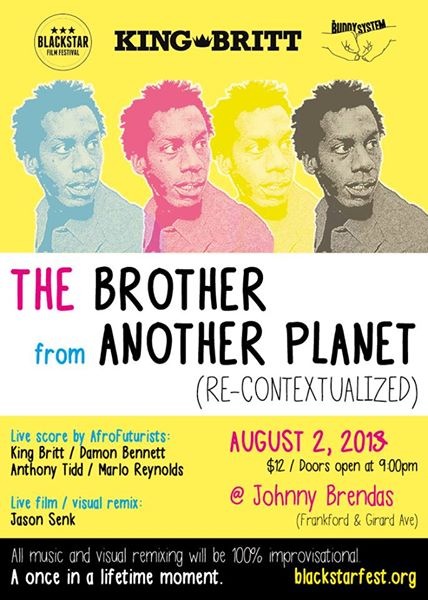
Gig #6
The Brother from Another Planet – Re-contextualized – Feat. King Britt, Damon Bennet, Marlo Renolds and Jason Senk @ Johnny Brenda’s
So, I should start by saying that both this and the jazz camp concert at the Kimmel actually happened on the same day! After the kids got through performing, I grabbed some food, ran home, picked up my bass and headed to Johnny Brenda’s for sound check.
This was an event for Maori Holmes’ Black Star Film Fest. which was put together by my friend King Britt. Essentially, we re-scored The Brother from Another Planet (I had randomly just watched this movie a week before I got the call from King to do the gig), which is already pretty out there…in the hippest possible way….but…. in addition to us re-scoring the music live….Jason Senk was also remixing the movie on the fly!
This was some wild shit…Maybe at the time my deliriously tired state added to this, but it was still some wild shit nevertheless…
There were some extremely cool moments, where everything came together! We were definitely pushing the envelope pretty hard, but the crowd loved it! I have to say that this show (as well as the others) renewed my faith in the music listening public (which I admit had been running on fumes as of late). Great gig and great turnout!
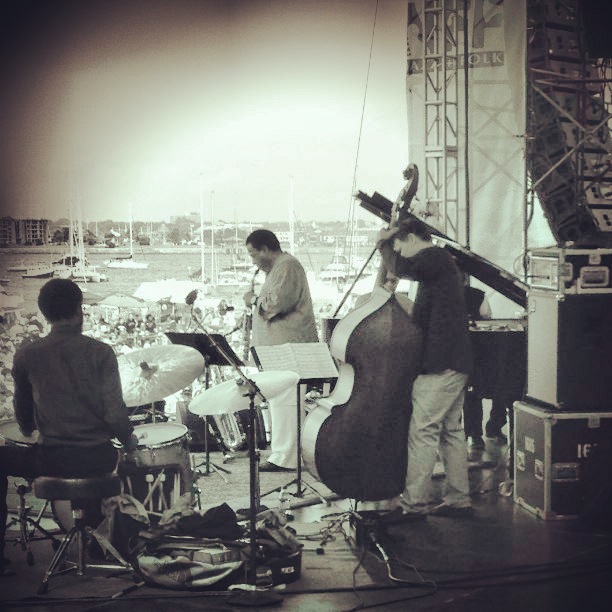
Photo by Anthony Tidd
Gig #7
The Newport Jazz Festival
So the following morning I wake up at 5am, so I can pack and be ready for my early flight to Providence, RI, which is a short drive away from the Newport Jazz Fest. Since I am on the advisory panel for the Philadelphia Jazz Project (an initiative funded by David Haas of the William Penn. foundation) for the past two years I have gone to the Newport Jazz Fest. in order to attend meetings and strategic planning sessions. Also on PJP’s panel are David Haas, Homer Jackson (The Director/Creator), Tayyib Smith, Steve Roland, Roger Lemay, Mark Chrisman, and Feather Houston.
Some great new ideas were born and some older ones were further refined. Steve Coleman, who attended one meeting jokingly said, “You guys are like the illuminati of Philly!”…..Funny! We also got to see some incredible music, namely Wayne Shorter and Herbie Hancock, and then Wayne and his band!!! Wayne was celebrating his 80th birthday. Needless to say, they were stunning! Wayne Shorter, John Patitucci, Brian Blade, and Danilo Perez killed it dead! This was a once in a lifetime performance! Such a high level of musicianship! I could go on…..
Now, I should also mention that George Wein, who is now 88 years old, started this festival when he was 29…..59 years ago! As is tradition, we went to the gala/fundraiser thrown by George, as the guests of David Haas. Esperanza Spalding and her pianist (sorry I can’t remember his name) performed a song written by him and killed it! This impromptu performance clearly revealed that Esperanza has great ears! She also did a duo with Herbie, which further illustrated the point. I wish she would do more of this…
Herbie and Wayne also played another duet, which Wayne decided to end with the theme from Close Encounters of the Third Kind (on the fly). Steve Coleman asked afterwards, “Hey Wayne, was that the theme from Close Encounters?”, Wayne simply pointed up to the sky and we all laughed! Wayne is a joker.
Finally the next day, I performed the Newport jazz fest. with Steve Coleman and The Five Elements. This year Steve did a special project funded by the festival, which featured the Talea Ensemble (an experimental chamber orchestra based in NYC). Steve composed a new 20 minute piece for Talea which also featured, Dafnis Prieto, Jonathan Finlayson and himself. 14 musicians in all! This was followed by a Duet with David Bryant (a great new young Pianist out of NYC), and eventually ended up merging into a Five Elements show, featuring Steve, myself, Jonathan, and Marcus Gilmore (who killed it). This was different because we all came on stage one at a time and joined whatever was already happening. The audience were great and very appreciative!
The following morning we (myself, Homer and Tayyib) arrived at Providence airport to fly back to Philly. For some strange reason, our flight back to Philly was on a two engine prop plane (you know the ones with the propellers), with had unusually small luggage bins (we are talking minuscule).
As you can probably guess, the flight attendant tried to get me to check my bass ($12,000, two trips to London and a year wait to replace) under the plane with the other bags. This bass is two months old and the gracious gift of Martin Peterson of Saie Bass in London, who make my instruments custom.
I of course told her there was No Way that was happening! She got an attitude, but long story and a whole crazy scene later, she allowed me to strap my bass into the seat next to me…..I was fully prepared to get off the plane and catch a later “normally sized” aircraft (I told her this).
To conclude, looking back over this busy month there were some great experiences. I met a number of great people from all walks of life. Young, old, and hustling…Such is the musician’s life. I hope this month will be as fun!
Up Next:
On 8/14/13 I will have the immense pleasure of bringing my fellow Londoner and longtime friend Julie Dexter to my event, Sittin’ In at the Kimmel. I’ll be putting together a special band which will include Eric Wortham (piano), Christopher Steven’s (trumpet), Steve Mckie (drums) and myself on Bass.
We will also be welcoming our band new Mistress of Ceremonies Liaya StClaire, and our resident turntablist DJ Phsh. #whoissittinin
In September we will be having fall auditions for the Creative Music Program, which will resume in October.
You can find out more information on both of these events at;
www.kimmelcenter.org
Stay tuned!
#tiddster.com @antiddote
